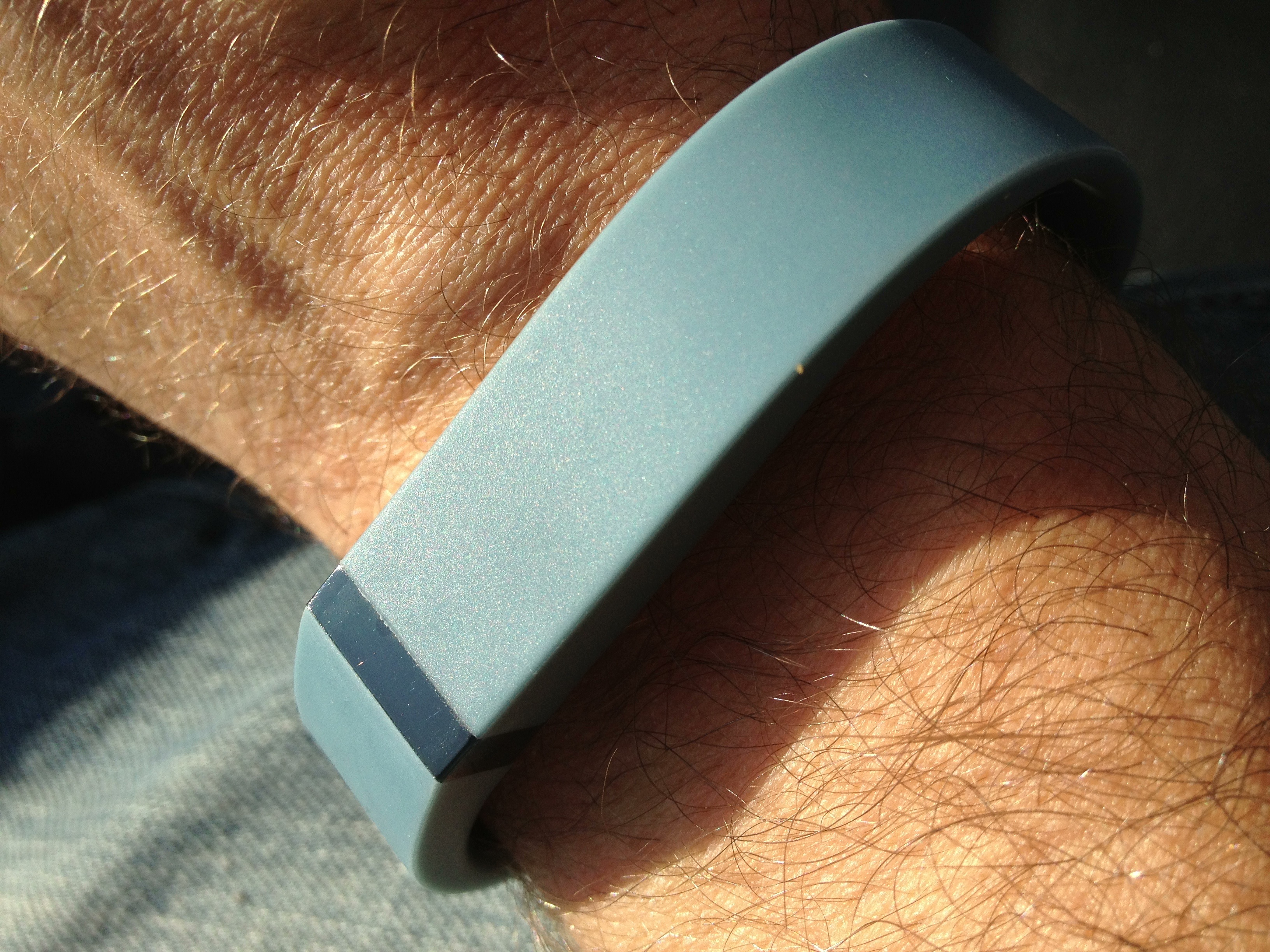The Fitbit was one of the first health trackers on the market and introduced us to the concept of the “quantified-self.” The Fitbit made it easy to track steps, sleep patterns and gain insights into our activity levels over time. One of the issues with the original Fitbit model was that it was a standalone fob that you needed to keep in your pocket or clip to your clothes. This made it easy to leave behind and without the tracker on your body, you won’t be collecting activity data. I was excited when Fitbit announced their Flex model – a tracker device in a bracelet form factor. This would make it much easier to wear the device nearly 24/7 to ensure that you are tracking data.
I received my Fitbit Flex shortly after launch in May 2013. At first, this thing was great. I loved the bracelet’s simple, stylish design and it was water resistant so I could even wear it in the shower after a workout or run. I found the tracking to be accurate when compared with GPS tracking apps during runs and the companion iPhone app and website are pretty slick.
 After less than six months, however, the Fitbit Flex started to flake out on me. It wouldn’t charge all of the time and it became unstable – sometimes it would work, sometimes it wouldn’t. I began having trouble syncing the Flex with my iPhone and notifications wouldn’t work so it couldn’t tell me when the battery was running low. No big deal, I thought. I contacted Fitbit support as this was still under the original 1 year warranty. After some rather frustrating back and forth over online support, I finally got them to send me a replacement unit. (Remember, I’m a technologist by trade so I did some fairly thorough troubleshooting and I was confident this was a hardware problem.) The replacement arrived promptly and I got my new Flex setup and syncing with my existing Fitbit account. Less than two months later, the problems have started again. The Flex has trouble syncing, notifications do not work and the tracker goes into sleep mode when it’s quite obvious that I’m not sleeping.
After less than six months, however, the Fitbit Flex started to flake out on me. It wouldn’t charge all of the time and it became unstable – sometimes it would work, sometimes it wouldn’t. I began having trouble syncing the Flex with my iPhone and notifications wouldn’t work so it couldn’t tell me when the battery was running low. No big deal, I thought. I contacted Fitbit support as this was still under the original 1 year warranty. After some rather frustrating back and forth over online support, I finally got them to send me a replacement unit. (Remember, I’m a technologist by trade so I did some fairly thorough troubleshooting and I was confident this was a hardware problem.) The replacement arrived promptly and I got my new Flex setup and syncing with my existing Fitbit account. Less than two months later, the problems have started again. The Flex has trouble syncing, notifications do not work and the tracker goes into sleep mode when it’s quite obvious that I’m not sleeping.
To sum up, here are the biggest issues I have with the Flex…
- Notifications do not work. No way to tell if the battery is low until it’s dead.
- Online support is slow and difficult to work through – although I’m sure they are perfectly nice people.
- Device enters/stays in sleep mode when you are obviously awake. Shouldn’t the software be able to analyze your data and determine with some level of accuracy when you are awake vs. asleep?
After this experience, I cannot recommend the Fitbit Flex (Sorry if you got one under your Christmas tree this year. You might want to consider returning it if you can.) Fitbit’s latest model called the Force seems promising but I’m not sure that I’m ready to stick with the Fitbit family unless they’ve made some strides in reliability.








Pingback: Attack of the Killer Apps: A free pedometer app saved me $100 | Bob Betterman